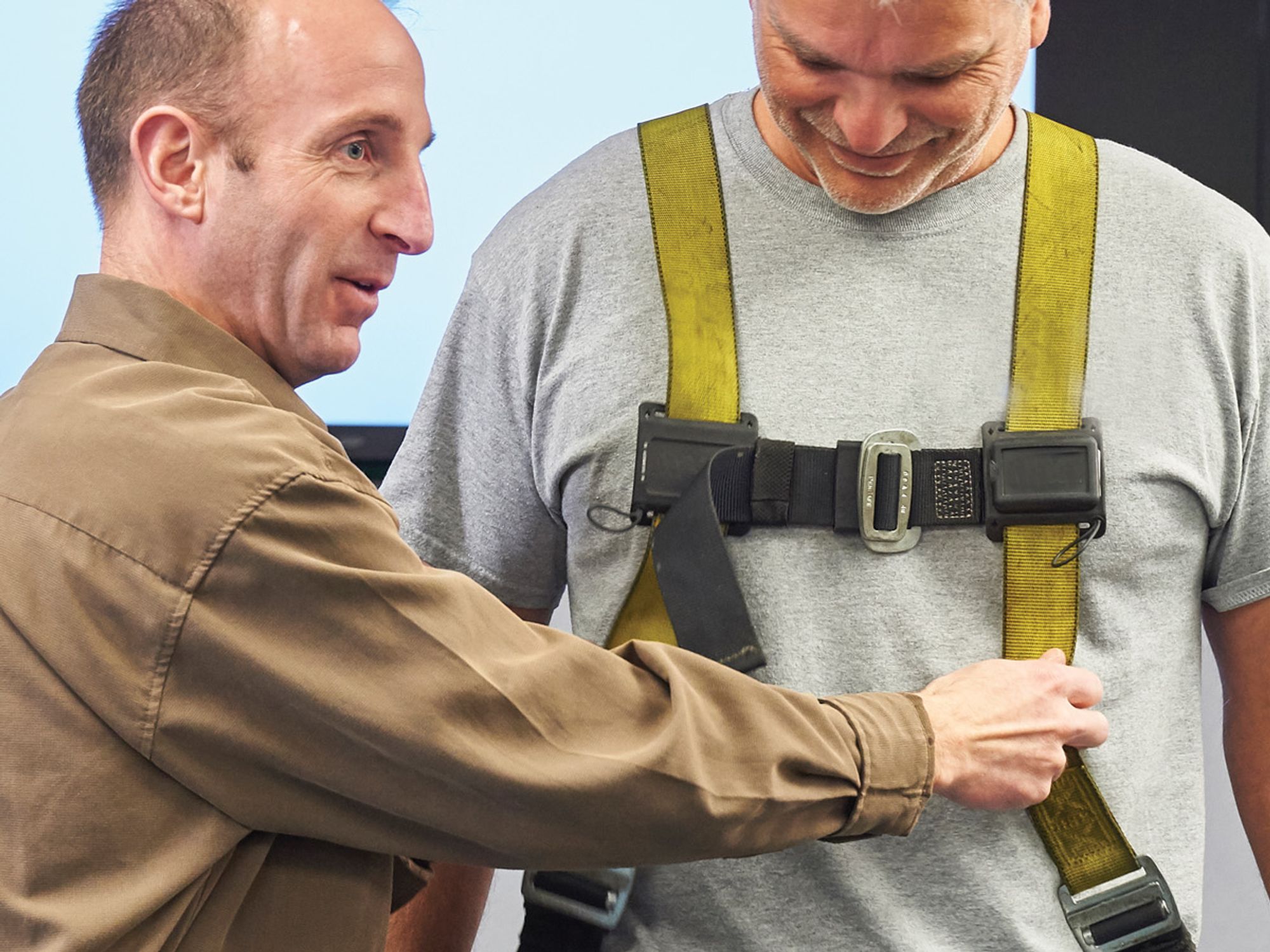
Be Part of the Ultimate Safety & Compliance Community
Trending news, knowledge-building content, and more – all personalized to you!
:
|

The employer must provide training for each employee who uses personal fall protection systems or who is required to be trained as specified in the walking-working surface regulations. The primary training regulation is 1910.30, and other sections in Subpart D that mention training commonly refer to this section. Most of those other training provisions apply only in specific situations. They include:
Training must be delivered by a qualified person. The qualifications could be from training, experience, or some combination of both. The employer should consider the person’s background, then determine if that person is qualified to deliver the training. No special certification is required to be considered a qualified trainer.
The trainer (i.e., qualified person) must have a degree, certificate, or professional standing OR extensive knowledge, training, and experience to solve or resolve problems relating to:
OSHA believes that many employers can draw upon the extensive knowledge and experience of their staffs to provide effective training, and that crew chiefs, supervisors, operations personnel, and other individuals can train workers, provided they have the necessary degree or extensive knowledge, training, and experience. Employers are free to use outside personnel to train their workers, as long as the trainer is a “qualified person.”
If there are problems with the training delivered, OSHA can cite the employer for failure to deliver training. For example, if workers don’t seem to have the knowledge required to work safely (or someone was injured in a fall), then OSHA may question whether the training was adequate.
There is no requirement to keep records under 1910.30. However, it is a good idea to keep a record of all safety training. This serves several important purposes, including demonstrating compliance with applicable standards. Documentation can also supply an answer to one of the first questions an incident investigator will ask: “Did the employee receive adequate training to do the job?”

The employer must provide training for each employee who uses personal fall protection systems or who is required to be trained as specified in the walking-working surface regulations. The primary training regulation is 1910.30, and other sections in Subpart D that mention training commonly refer to this section. Most of those other training provisions apply only in specific situations. They include:
Training must be delivered by a qualified person. The qualifications could be from training, experience, or some combination of both. The employer should consider the person’s background, then determine if that person is qualified to deliver the training. No special certification is required to be considered a qualified trainer.
The trainer (i.e., qualified person) must have a degree, certificate, or professional standing OR extensive knowledge, training, and experience to solve or resolve problems relating to:
OSHA believes that many employers can draw upon the extensive knowledge and experience of their staffs to provide effective training, and that crew chiefs, supervisors, operations personnel, and other individuals can train workers, provided they have the necessary degree or extensive knowledge, training, and experience. Employers are free to use outside personnel to train their workers, as long as the trainer is a “qualified person.”
If there are problems with the training delivered, OSHA can cite the employer for failure to deliver training. For example, if workers don’t seem to have the knowledge required to work safely (or someone was injured in a fall), then OSHA may question whether the training was adequate.
There is no requirement to keep records under 1910.30. However, it is a good idea to keep a record of all safety training. This serves several important purposes, including demonstrating compliance with applicable standards. Documentation can also supply an answer to one of the first questions an incident investigator will ask: “Did the employee receive adequate training to do the job?”